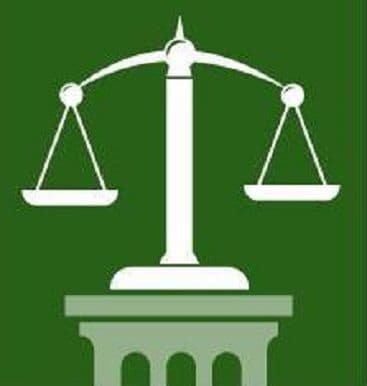This firm was NOT involved in this case.
Early on March 31, 2005, a drunk driver crashed her car into two parked cars after a night of drinking. As a result another woman was seriously injured.
The drunk driver with a few other people had gone to three bars. The injury victim sued the bars alleging several negligence theories, including negligent overservice.[1] The second bar moved for summary judgment based on the undisputed evidence that the drunk driver was there for less than 30 minutes, she consumed less than one drink while there, other patrons who saw her there observed no sign of apparent intoxication, and she consumed several additional drinks after leaving the bar but before the crash.
The Washington Court of Appeals upheld the trial court’s dismissal of the claims against the bar.[2]
A witness testified that the bartender had told him that the customer had glassy eyes and he should not have served. The Court held that bartender is not necessarily authorized to admit key facts related to liability merely because he is the only server on duty and thus in “the position of authority over the service.” Therefore the statement was not that of a party-opponent but rather inadmissible hearsay.
To survive summary judgment in an overservice case a plaintiff must demonstrate “that the tortfeasor was ‘apparently under the influence’ by direct, observational evidence at the time of the alleged overservice or by reasonable inference deduced from observation shortly thereafter.”[3] Evidence of the amount of alcohol consumed is insufficient to establish that the person was apparently under the influence at the time of service.[4] Likewise, a person’s appearance a substantial time after the service is insufficient evidence of apparent intoxication to defeat summary judgment.[5]
Here, the only evidence in the record that driver appeared intoxicated after leaving the bar is that she fell at another bar and crashed her car after leaving the other bar. But both the fall and the crash occurred after she consumed between one and four additional hard-alcohol drinks.
The Court therefore held that there the trial court did not err in dismissing the claims as to the second bar the drunk driver had visited.
[1] RCW 66.44.200(1) prohibits the sale of alcohol to anyone “apparently under the influence of liquor.” That language also establishes the standard of civil liability for a commercial host in an overservice case. Barrett v. Lucky Seven Saloon, Inc., 152 Wn.2d 259, 273–74, 96 P.3d 386 (2004). “Apparently” means “‘readily perceptible to the senses’” and ‘capable of being readily perceived by the sensibilities or understanding as certainly existent or present.’” Barrett, 152 Wn.2d at 268.
[2] Ensley v. Humpries, 63407-1-I (March 1, 2010).
[3] Faust, 166 Wn.2d at 659 (quoting RCW 66.44.200(1)).
[4] See Christen v. Lee, 113 Wn.2d 479, 487, 780 P.2d 1307 (1989) (applying common law obviously intoxicated standard)
[5] See Christen, 113 Wn.2d at 488–89.
